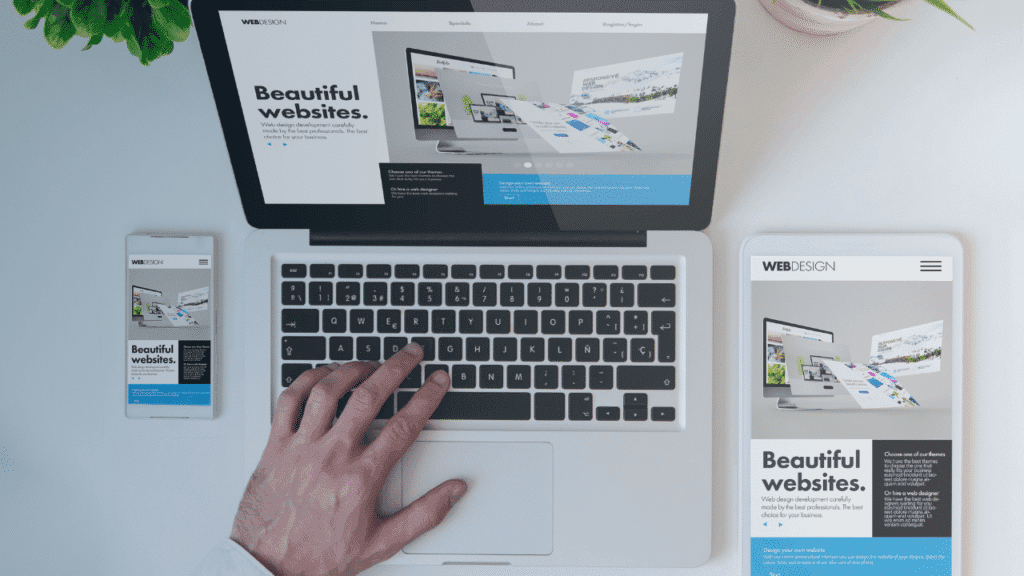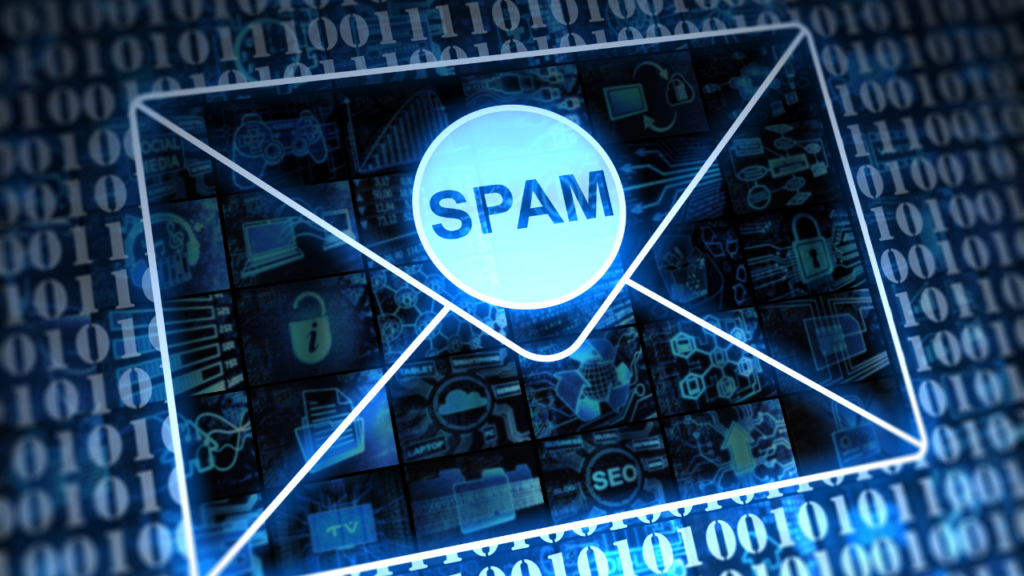Most marketers know that a well-designed landing page can significantly boost conversion rates, yet many struggle with creating one that truly resonates with their audience. In this guide, you’ll learn necessary strategies for designing landing pages that capture attention and drive action. From understanding your audience to optimizing your layout, these tips will empower you to craft compelling landing pages that not only look great but also convert visitors into loyal customers.
Key Takeaways:
- Clear Call-to-Action: Ensure your landing page features an easy-to-find and compelling call-to-action button that encourages visitors to take the desired action.
- Concise Content: Use concise, persuasive content that effectively communicates the value proposition, keeping the text focused and to the point.
- Visual Appeal: Incorporate visually appealing elements such as relevant images, clean layouts, and contrasting colors to enhance user experience and engagement.
Understanding High-Converting Landing Pages
Your approach to designing high-converting landing pages requires a comprehensive understanding of what makes these pages effective. A high-converting landing page is one that successfully persuades visitors to take a specific action, whether it’s signing up for a newsletter, making a purchase, or requesting more information. For in-depth insights into the elements that drive conversions, consider exploring How to Build a High-Converting Landing Page: Anatomy, …. Understanding these fundamentals can effectively guide your design choices and streamline your marketing strategy.
Defining Conversion Rate
Landing pages are evaluated based on their conversion rate, which is the percentage of visitors who complete a desired action out of the total number of visitors. This metric is fundamental because it not only indicates the effectiveness of your landing page but also informs your overall marketing efforts. You can calculate your conversion rate by dividing the number of conversions by the total number of visitors, then multiplying by 100 to get a percentage. The higher the conversion rate, the more successful your landing page is in fulfilling its intended purpose.
Importance of Landing Page Design
Pages that are well-designed communicate professionalism and credibility, which greatly influences a visitor’s decision to convert. Effective landing page design incorporates clear visuals, compelling copy, and an intuitive layout that guides visitors towards the desired action. Your design should meet the expectations of your audience and provide a seamless experience that minimizes distractions and confusion. By prioritizing design, you not only attract more visitors but also retain their attention long enough for them to consider taking action.
This focus on design plays a significant role in your overall conversion strategy. A visually appealing landing page with clear calls to action can enhance user experience and facilitate easier navigation. By ensuring that vital information is readily accessible and that your messaging resonates with visitors, you can effectively drive conversions, thereby maximizing the return on investment for your marketing efforts.

Key Factors for Effective Design
It is necessary to grasp the key factors that contribute to designing effective landing pages. By focusing on these elements, your landing page can significantly increase its conversion rates. Here are some of the primary aspects you should consider:
- Clarity and Focus
- Visual Appeal
- Strong Call-to-Action
- Trust Elements
- Mobile Responsiveness
Assume that getting these details right can make a noticeable difference in engaging visitors and encouraging them to take the desired action.
Clarity and Focus
Factors that contribute to clarity and focus are integral to preventing distractions on your landing page. You want to ensure that your messaging is straightforward and aligns with your visitors’ expectations. Keep your headlines concise and compelling, guiding visitors directly to the value proposition—the key benefit of your offer. Maintain a clear visual hierarchy, utilizing larger fonts for headlines and smaller ones for supporting text. This structured approach allows your audience to quickly grasp crucial information without feeling overwhelmed.
Visual Appeal
If you’re looking to capture your audience’s attention, the visual appeal of your landing page plays an indispensable role. Use high-quality images and graphics that resonate with your target audience and reinforce your message. You should also pay attention to color schemes and typography, ensuring that they are aesthetically pleasing and in harmony with the emotions you want to evoke. Additionally, whitespace can be your ally in creating a clean, uncluttered layout that enhances readability and makes navigation intuitive.
Understanding the impact of visual elements on user experience is vital. The right images or thoughtfully selected colors can help build trust and convey professionalism. Engaging visuals have the power to tell a story, elicit positive emotions, and ultimately lead your visitors toward taking action. By prioritizing a visually appealing design, you position yourself for greater success in converting visitors into customers.
Crafting Compelling Copy
To create high-converting landing pages, the copy you include should resonate with your audience and drive them to take action. This involves not just your main message, but also the words you use throughout the page to create a compelling narrative. Effective copy engages your reader and conveys the value of your offering in a way that aligns with their needs and aspirations. Striking the right balance between information and persuasion is imperative to guiding your reader toward a positive response.
Headlines That Capture Attention
Copy your headline plays a significant role in whether visitors stay on your page or leave immediately. Aim for clarity and excitement—your headline should communicate the primary benefit of your offer within just a few words. Use powerful, action-oriented language and pose questions that compel readers to want to learn more. Testing different words and formats can help you discover which headlines yield the best engagement and conversion rates.
Persuasive Calls to Action
Action-oriented copy is vital in steering your visitors toward a desired outcome. A persuasive call to action (CTA) motivates your audience to take that next step, ideally by clicking a button or filling out a form. Ensure your CTA stands out visually on the page and uses clear, action-driven language that tells the reader exactly what will happen next. Phrases like “Get Started Now” or “Claim Your Free Trial” create a sense of urgency and guide users toward making a decision.
Capture your audience’s interest with CTAs that are not only informative but also evoke emotion. By aligning your call to action with the desire or pain point of your target audience, you make the benefits of taking action feel immediate and compelling. Experimenting with different placements, colors, and wording can provide you with insights into what resonates best with your visitors. Ultimately, the goal is to create a seamless flow from engaging copy to an irresistible call to action that encourages conversion.

Tips for Enhancing User Experience
Unlike static web pages, high-converting landing pages place a premium on user experience. To ensure your visitors feel comfortable and engaged, focus on the following enhancements:
- Design a visually appealing layout that directs attention to key elements.
- Use simple and clear language to enhance readability.
- Include engaging visuals that complement your copy.
- Make your call-to-action prominent and irresistible.
- Test different variations to see what resonates best with your audience.
Recognizing the significance of user experience in driving conversions, keep these tips firmly in mind as you create your landing pages.
Mobile Responsiveness
Experience is increasingly mobile-driven, and your landing pages must cater to users on all devices. Ensuring your site is mobile-responsive means that it will adjust seamlessly to various screen sizes, offering a consistently positive experience regardless of how potential customers access your content.
This might include optimizing images for faster loading times on mobile, simplifying navigation to accommodate touch interactions, and strategically placing elements to ensure ease of use on smaller screens. Keeping the design clean and clutter-free can also enhance focus and make it easier for users to complete desired actions.
Fast Loading Times
On the internet, time is of the essence, and fast loading times can significantly influence your landing page’s success. When users encounter a slow-loading page, they are more likely to abandon it in favor of a competitor’s site. By optimizing images, using content delivery networks, and minimizing unnecessary scripts, you can dramatically improve your page’s loading speed.
Enhancing the performance of your landing page to decrease loading times can profoundly affect user satisfaction and overall engagement. Tools like Google’s PageSpeed Insights can provide valuable feedback, allowing you to identify and correct issues affecting load speed. Prioritizing this aspect ensures that your visitors remain engaged, minimizing drop-off rates while maximizing conversion potential.
Utilizing A/B Testing
For any landing page designer looking to enhance performance, A/B testing is a powerful tool that allows you to compare two versions of your page and determine which one performs better. By tweaking elements such as headlines, CTAs, images, or overall layout, you can gather valuable insights into what resonates with your audience. To get inspired, explore 15 High-Converting Landing Page Examples to Inspire You, which can provide a wealth of ideas for your experiments.
Establishing Testing Goals
Testing begins with setting clear goals. Before launching any A/B test, you need to identify what specific outcomes you aim to improve. Whether it’s increasing the signup rate, boosting click-throughs, or reducing bounce rates, having defined objectives helps maintain focus throughout the testing process. This focus ensures that you are measuring the right metrics that align with your business objectives.
Analyzing Results for Improvement
Testing results are only as effective as your ability to analyze them. After running an A/B test, you’ll need to dig into the data to see which version achieved the desired goal more effectively. Look at engagement metrics, conversion rates, and any qualitative feedback you can gather. This step is vital for determining the next course of action and making informed decisions on whether to implement the winning variant or brainstorm new ideas.
Another key element in analyzing results is to consider statistical significance. It’s important to ensure that the results you observe are not just due to chance. By calculating the significance level, you can confidently decide which version of your landing page should be your go-to, further streamlining your design toward maximizing conversions.
Common Mistakes to Avoid
Keep a watchful eye on some common pitfalls that can hinder the effectiveness of your landing pages. Overcomplicating your design is one major aspect that can distract visitors from taking desired actions. It’s easy to get carried away with creative ideas, but a cluttered layout with excessive colors, fonts, and images can make it challenging for users to focus on your core message. A straightforward design that aligns with your goal helps enhance user experience. For guidance, check out this Expert’s Guide to Creating High-Converting Landing Pages for further insights into achieving simplicity without sacrificing appeal.
Overcomplicating the Design
To create a high-converting landing page, you must prioritize clarity and simplicity. Aim for a clean layout that directs users’ attention to key elements, such as your offer and call-to-action. Utilizing white space effectively can give your design breathing room, making it less overwhelming and more inviting. Use visuals judiciously to support your message rather than diverting the user’s gaze or overloading them with information.
Neglecting Target Audience
Any successful landing page must speak directly to its target audience, addressing their specific needs and preferences. One common mistake is building a landing page without a clear understanding of who your potential customers are. This can lead to a disconnect between what you’re offering and what users actually seek, diminishing the chances of conversion. Targeting the right audience requires you to tailor your message, tone, and visuals to resonate with them.
Mistakes in understanding your target audience can significantly impact your landing page’s performance. Conducting thorough market research and creating user personas will help you uncover vital details about your potential users, such as their pain points, interests, and motivations. By aligning your landing page content with your audience’s expectations, you can enhance engagement and drive conversions effectively.
Conclusion
As a reminder, the effectiveness of your landing pages is fundamentally tied to how well you understand and address your audience’s needs. By ensuring clarity in your messaging, creating compelling visuals, and optimizing for user experience, you can significantly enhance your chances of converting visitors into leads or customers. Utilizing A/B testing and analytics will also provide valuable insights, allowing you to refine your approach and achieve better results over time.
Ultimately, designing high-converting landing pages is an ongoing process that requires both creativity and analytical thinking. Stay updated on the latest trends in digital marketing, continually revise your content, and adapt to changes in audience behavior. With these strategies in your toolkit, you’ll be well-equipped to create landing pages that not only attract attention but also drive meaningful action from your visitors.
FAQ
Q: What elements should I include on a high-converting landing page?
A: To design an effective landing page, consider including the following elements: a compelling headline that captures attention, a clear and persuasive value proposition, engaging visuals that relate to your offering, a concise description of the benefits your product or service provides, and a strong call-to-action (CTA) that guides visitors on what to do next. Additionally, trust signals such as testimonials or customer reviews can enhance credibility, while an easy-to-navigate layout can improve user experience.
Q: How can I optimize the layout of my landing page for better conversions?
A: Optimizing your landing page layout involves creating a visually appealing and user-friendly design. Use a clean, simple layout with ample white space to avoid overwhelming visitors. Position the most important content, such as the headline and CTA, above the fold, ensuring it’s easily visible without scrolling. Utilize contrasting colors for buttons to make them stand out, and maintain a logical flow of information that guides visitors through the content, leading them toward taking action.
Q: What are some best practices for writing persuasive copy on a landing page?
A: Writing persuasive copy for a landing page involves focusing on the target audience’s needs and desires. Start with a strong headline that conveys the main benefit of your offering. Use bullet points or short paragraphs for readability, emphasizing key benefits rather than just features. Utilize storytelling techniques to create an emotional connection, and incorporate persuasive language that encourages action. Lastly, always include a clear and direct CTA that tells readers what you want them to do next, whether it’s signing up, purchasing, or learning more.







